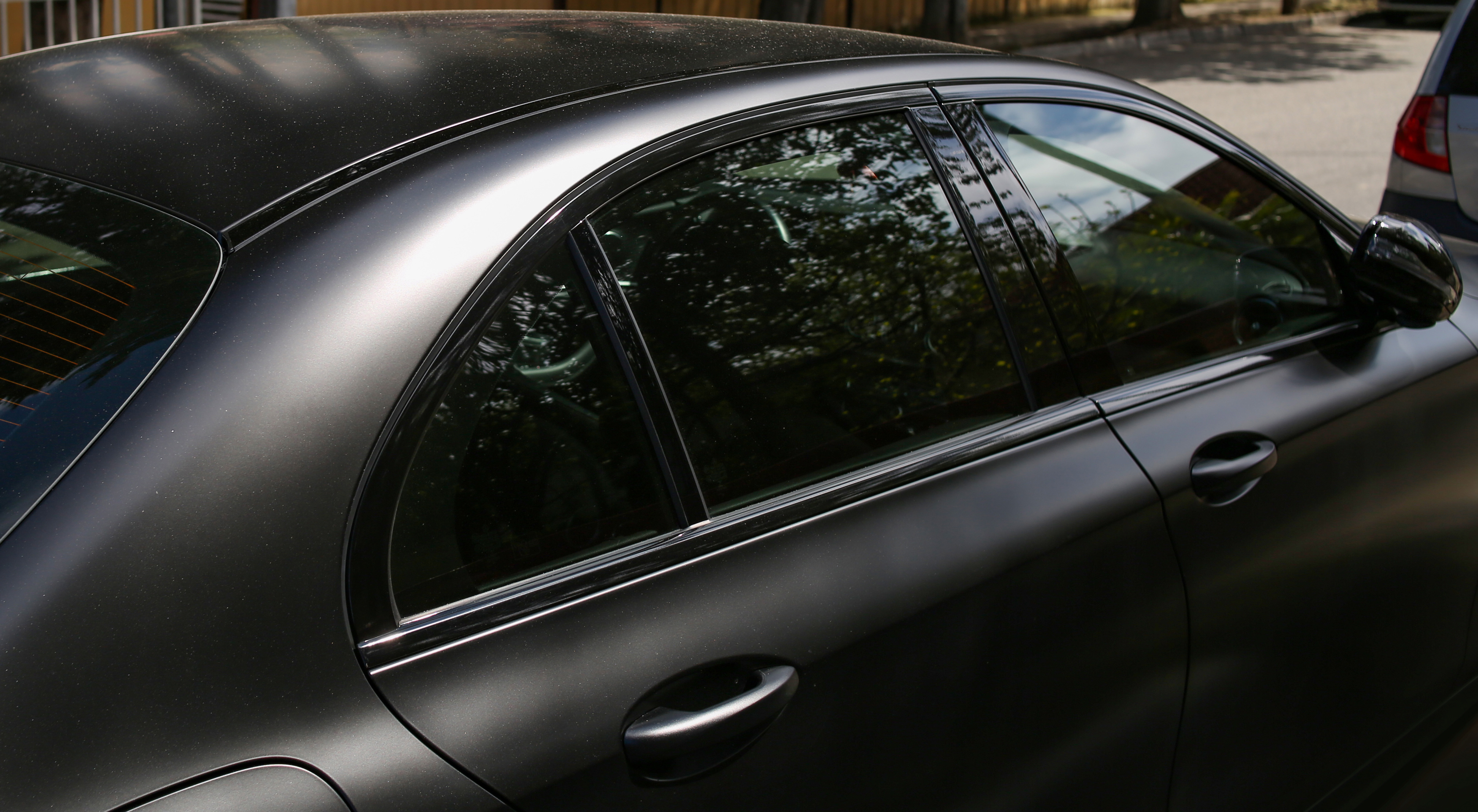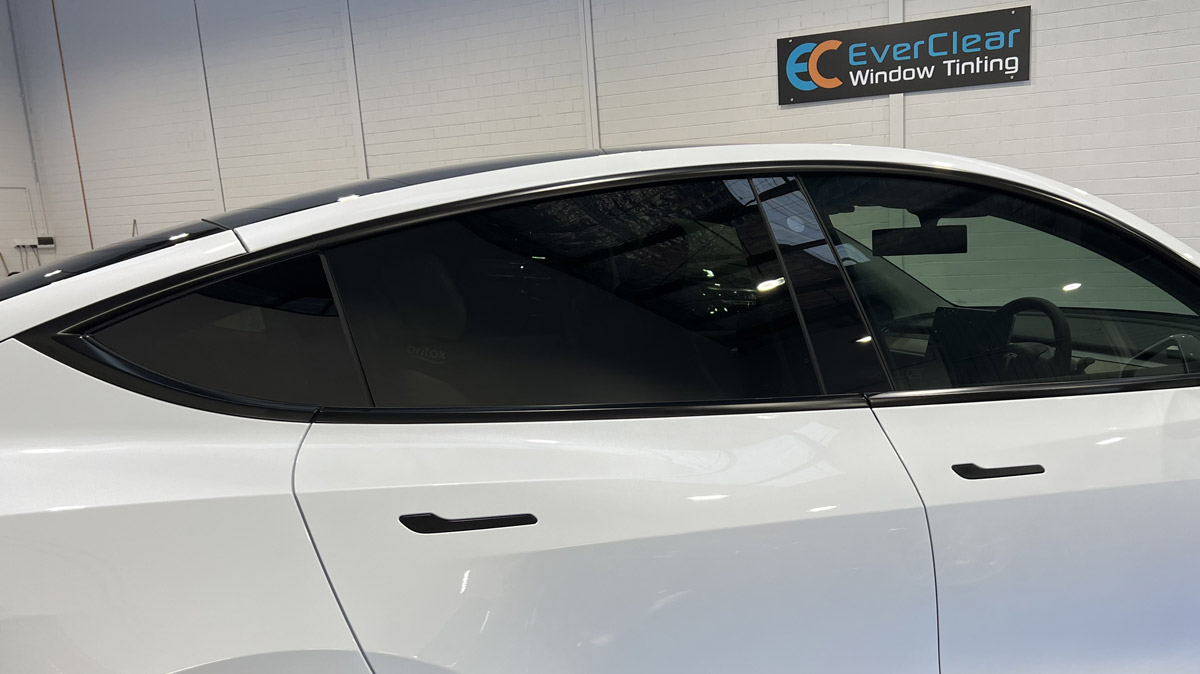Window Tinting Options: Find the Right Shade for Your Style and Requirements
Selecting the suitable window tint for your vehicle includes a cautious consideration of various variables, including personal looks, practical needs, and lawful constraints. With options varying from light tintss that provide minimal personal privacy to darker shades that boost privacy, the choices can be overwhelming.
Comprehending Window Tinting Levels
When taking into consideration window tinting, it is important to recognize the various levels of tint offered, as they significantly affect both visual appeals and performance. Window tinting is categorized based upon Noticeable Light Transmission (VLT) portions, which indicate the amount of light permitted to travel through the glass. The VLT percentage can range from very light (over 70%) to really dark (below 5%)
The main degrees of tint include clear, which offers UV defense without modifying exposure; light tint (over 50% VLT), which somewhat reduces glare while preserving visibility; medium tint (around 35% VLT), striking a balance in between personal privacy and light transmission; and dark tint (listed below 20% VLT), offering significant privacy and warmth reduction but limiting external exposure.
Comprehending these levels is vital as they can affect driving safety and security, lawful conformity, and individual convenience. Additionally, neighborhood regulations usually dictate permitted tint degrees, differing by state or municipality. Therefore, prior to picking a color, it is recommended to study and ensure adherence to these policies while taking into consideration individual choices for design and practical benefits.
Popular Tint Tone Explained

Among the most preferred alternatives is the traditional dark tint, commonly varying from 20% to 5% VLT (Visible Light Transmission) This shade offers maximum personal privacy and a sleek, innovative appearance. It efficiently blocks UV rays and warm, making it suitable for bright climates, though it might restrict exposure in the evening.
Conversely, lighter shades such as 35% or 50% VLT provide an extra subtle appearance while still supplying some level of privacy. These tones are best for those looking for a balance in between visual appeals and performance, as they enable far better visibility and follow different legal criteria.
One more emerging preference is the ceramic tint, which can be available in a range of tones - window tinting. It provides remarkable warmth denial and UV security without dramatically changing the vehicle's appearance

Legal Regulations for Window Tinting
Understanding the lawful regulations bordering window tinting is important for vehicle owners looking to personalize their vehicles. Each state in the united state has particular laws regulating the darkness or lightness of window tintss, often measured by Visible Light Transmission (VLT) percent. VLT describes the amount of light that can travel through the movie and the glass combined.
In numerous states, regulations dictate various VLT percentages for different windowss, including front windshields, side windowss, and back windowss. As an example, some states might permit a tint of 70% VLT for visit homepage windshields while allowing darker tintss for rear windowss. Furthermore, certain states have limitations on reflective tintss, which can create glare for other chauffeurs.
Failure to follow these regulations can result in penalties, mandated removal of the tint, and pop over to this site enhanced insurance costs. Lorry proprietors ought to get in touch with local legislations or state DMV web sites to ensure they are within lawful restrictions before waging installment. Understanding these laws not only aids stay clear of lawful consequences yet likewise guarantees a safe driving experience.
Advantages of Various Tint Materials
Checking out the benefits of different tint materials reveals considerable advantages that can enhance both the functionality and aesthetic charm of an automobile. Each material provides unique features suited to specific demands and preferences.
Dyeded window films are prominent for their affordability and ability to minimize glow. They successfully block UV rays, protecting the inside from fading, though they may not supply the greatest warmth rejection. Metalized films, on the various other hand, deal superior heat reduction and UV security as a result of their reflective residential or commercial properties. They can improve privacy and safety however may hinder electronic signals.
Ceramic window films stand for a costs alternative, giving remarkable heat being rejected while preserving visibility. They are non-metallic, hence staying clear of any kind of signal disruption, and are highly durable, withstanding scratches and fading in time. Additionally, ceramic films do not include dyes, guaranteeing a longer-lasting appearance.
Lastly, hybrid films integrate aspects from dyeded and metalized options, supplying a balanced efficiency in terms of heat denial, glow decrease, and expense. Each tint material serves one-of-a-kind objectives, permitting lorry owners to choose the most effective fit for their way of life and aesthetic preferences, eventually enhancing their driving experience.
Picking the Right Tint for You
Finding the right window tint entails considering different elements, consisting of individual choices, vehicle kind, and local laws. First, evaluate your individual style and preferred level of personal privacy, as these will guide your selection of tint shade. Darker tintss give explanation enhanced privacy but may not be ideal for all vehicle drivers, especially those who favor a more open feel inside their vehicle.
Following, consider your car type, as the size and shape of windowss can influence the performance of specific tintss. Larger windowss might profit from reflective tintss that reduce glare while smaller sized windowss may be a lot more suited to dyeded films that offer refined aesthetics.
Furthermore, it's essential to inspect neighborhood policies concerning window tinting. Lots of states enforce restrictions on the allowed darkness and reflectivity, especially for front windowss. Conformity with these legislations is important to make certain and stay clear of penalties safety and security.
Lastly, evaluate the tint material that ideal matches your requirements. Choices include dyeded, metalized, ceramic, and crossbreed films, each offering distinct advantages connecting to warm rejection, UV protection, and durability. By thinking about these variables, you can with confidence select a home window tint that straightens with your style and functional demands.
Conclusion
Finally, choosing the proper window tint calls for careful consideration of different factors, including VLT portions, local regulations, and the desired visual. Different tint products supply distinct advantages that can improve car convenience and protection. By completely recognizing the available alternatives and aligning them with sensible demands and specific choices, one can accomplish an ideal equilibrium in between design and functionality in window tinting choices.
Selecting the appropriate window tint for your car involves a careful consideration of numerous variables, including individual appearances, functional requirements, and lawful constraints. Each state in the U.S. has particular laws governing the darkness or agility of window tintss, often determined by Visible Light Transmission (VLT) portion. Some states may enable a color of 70% VLT for windshields while permitting darker tintss for rear windowss.Discovering the right window tint involves taking into consideration numerous factors, consisting of personal preferences, lorry type, and local regulations.In final thought, choosing the appropriate window tint requires cautious consideration of numerous aspects, consisting of VLT percents, regional guidelines, and the preferred aesthetic.